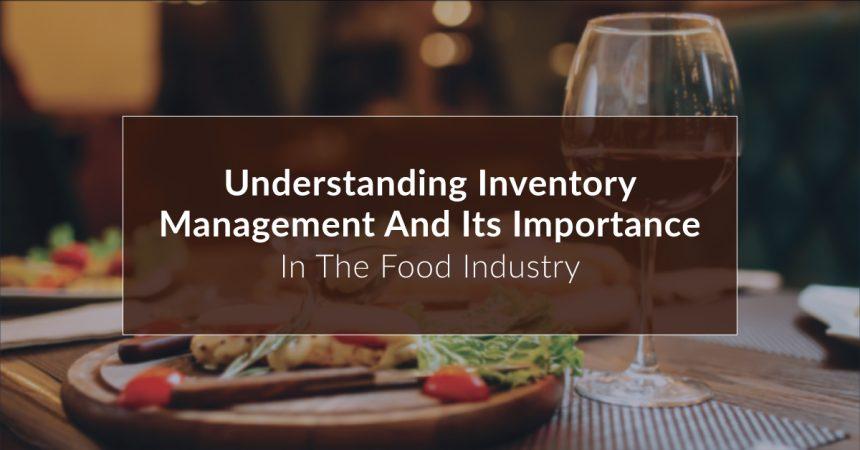When it comes to running a food business, inventory management is the key to ensuring that you always have the precise amount of stock at the right time. Since the food industry is heavily regulated, proper inventory management is crucial for maintaining food safety and quality, as well as reducing waste and costs. In this article, we’ll break down what inventory management is, why it matters in the food industry, and how you can implement it effectively.
Inventory management is the process of ordering, monitoring and controlling the goods and materials that make up your stock. This includes everything from raw ingredients to finished products to kitchen supplies. The primary goal of inventory management is to ensure that you have the surplus amount of inventory on hand to meet demand, while avoiding both overstocking and understocking. It can also help you reduce costs by streamlining your purchasing and reducing waste.
Inventory management is particularly important in the food industry, as it deals with perishable products that have a limited shelf life. Ineffective inventory management can lead to spoiled food, increased waste, and loss of profits. Additionally, because food safety and quality are so critical in the industry, poor inventory management can also result in health hazards for customers and damage to a business’s reputation.
Here are the key steps to manage your inventory effectively in the food industry:
- Determine inventory levels: To begin with, you need to figure out the minimum and maximum levels of inventory that you need to maintain. This can include factors such as the size of crowd your restaurant receives a day, week or month and during special occasions like Christmas. This will help you ensure that you always have enough stock on hand to meet customer demand, without holding too much inventory that could go to waste.
- Track inventory levels: Next, you’ll need to track your inventory levels on an ongoing basis. This can be done using just pen and paper, spreadsheets but best by inventory management software. Tracking inventory helps you stay on top of your stock levels, so you know when it’s time to order more ingredients or supplies.
- Forecast demand: Accurately forecasting your demand is crucial to effective inventory management. This involves using historical sales data, market trends, and customer feedback to predict how much stock you’ll need to have on hand. When you forecast demand well, you can avoid overstocking or understocking, and keep your costs and wastage under control.
- Implement a first-in, first-out (FIFO) system: In the food industry, perishable goods can quickly go bad if they’re not used in a timely manner. That’s why it’s important to implement a FIFO system, which ensures that you use the oldest ingredients or products first. Keep a check on every product’s manufacturing and shelf life to minimize waste and ensure freshness of ingredients.
- Categorize products in your inventory: To save up on expenditure, you can categorize your products into priority groups based on factors like prices, shelf life, or frequency of use. This will assist you in determining the quantities of the items for future orders.
- Assess your supplier and logistics: Your inventory handling might go down the drain if you have an unreliable supplier and logistics team who don’t deliver the required amount on time. You need to observe their performance closely and make a decision whether to go ahead with them or look for better options.
- Implement a food safety and quality management system: Finally, it’s essential to have a food safety and quality management system in place. This should include proper storage, handling, and preparation procedures, as well as regular cleaning and sanitation protocols on par with standard government protocols. By having robust food safety and quality measures in place, you can protect your customers, your business, and your bottom line.
As a restaurateur, it is crucial that you understand the gravity of managing inventory in the food industry and take necessary steps for the same. By putting the key steps outlined above in action, you can always be ready for orders without generating waste while maintaining high food safety and quality standards. And let’s face it, when it comes to the food industry, keeping customers happy and healthy is no joke. So, stay on top of your inventory, and you’ll be sure to serve up success!



Leave a Reply